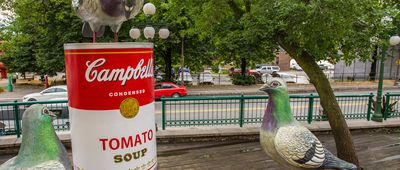Out, Damned Spot!
There you are, enjoying your first meal with friends or family in forever when you look down and spot a spot. Or spots. Food stains can ruin a favorite shirt, blouse, or pair of pants in the blink of an eye. But you can remove many common ones from clothing using a handful of household items and some water, along with a little care and timely attention. Cheapism spoke with Pat Slaven, a chemical engineer, textile expert, and former “stain queen” at Consumer Reports’ testing labs, about how to get rid of some common food stains from clothing.
Editor's note: This story has been revised since publication.


















